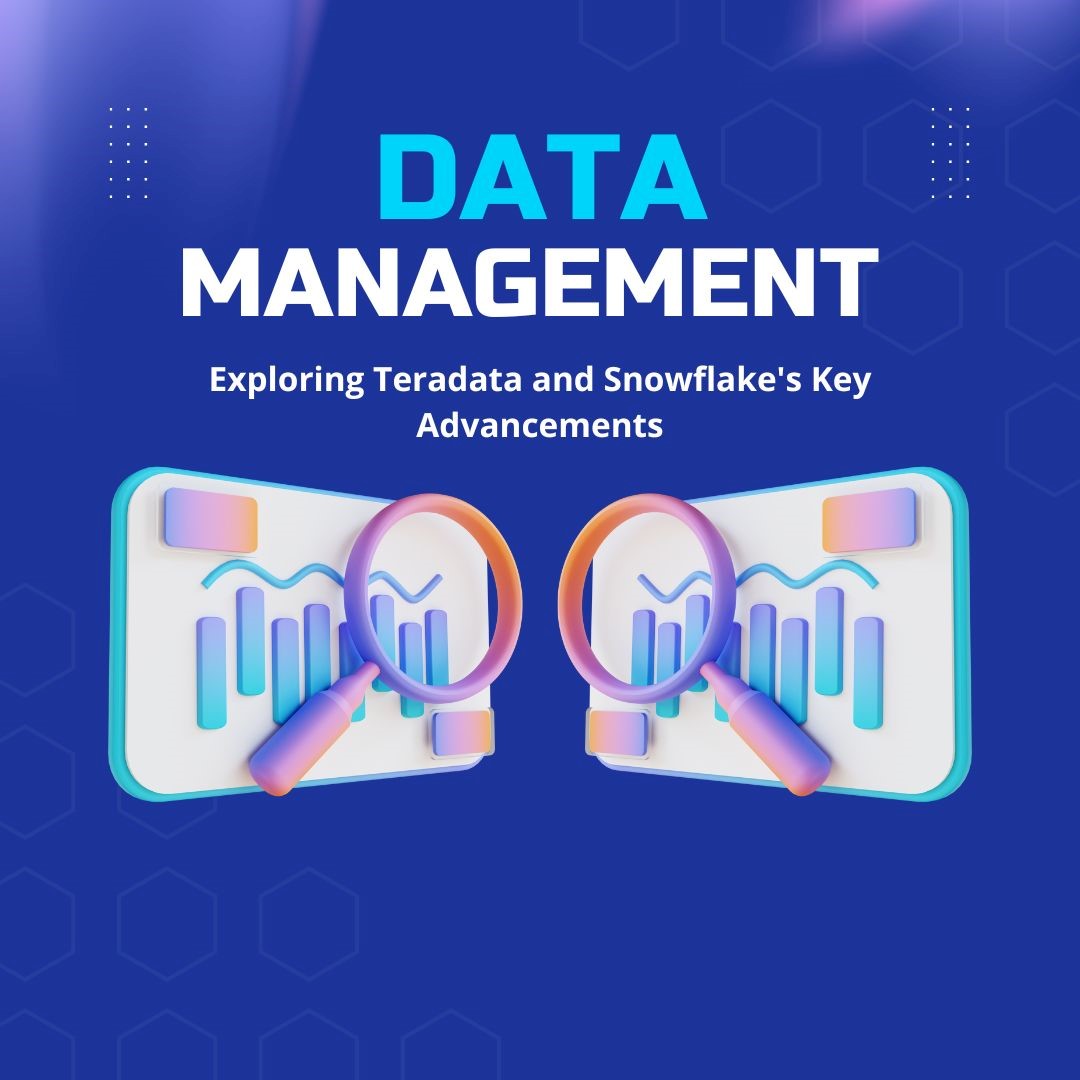Innovations in Data Management: Exploring Teradata and Snowflake’s Key Advancements
Recent advancements in data engineering have dramatically reshaped the way organizations handle and interpret vast volumes of data. With the increasing complexity and size of data repositories, innovative platforms like Teradata and Snowflake have become essential for modern data management strategies. Ramalakshmaiah Panguluri, an expert in the field, explores these groundbreaking technologies, highlighting their unique approaches to challenges such as real-time analytics, machine learning integration, and hybrid cloud solutions. This article offers a deep dive into how these platforms are redefining data analytics, driving efficiency, and enabling more strategic decision-making across industries.
Teradata’s Transformative Machine Learning Integration
Teradata has made remarkable progress in integrating machine learning directly into its platform. This integration supports advanced predictive analytics by incorporating sophisticated algorithms for seamless model training and deployment. Users benefit from enhanced analytical performance without needing external platforms. Additionally, Teradata’s real-time scoring capability facilitates immediate actionable insights, crucial for sectors like fraud detection and dynamic pricing. These advancements eliminate data movement inefficiencies, thus improving overall data processing speeds.
Embracing the Hybrid Cloud Model
One of Teradata’s standout features is its robust hybrid cloud solution, designed to deliver seamless data management across on-premises and multiple cloud environments. This flexibility allows organizations to retain data sovereignty and compliance while taking advantage of the cloud’s scalability and cost-efficiency. Advanced data virtualization capabilities enable querying across disparate environments as if they were a unified data source, simplifying complex data management tasks. This approach empowers organizations to dynamically allocate resources, optimize costs, and adapt to varying workload demands, enhancing overall performance and operational efficiency.
Optimizing Performance through Advanced Algorithms
Teradata has introduced innovative algorithms for query performance optimization. Adaptive query optimization adjusts query plans in real-time, enhancing processing speed for complex analytical tasks. With improved parallel processing and in-memory computing, the platform now accelerates data processing, benefiting workloads that demand high-speed analytics. These optimizations, including advanced data compression algorithms, reduce storage requirements while boosting query performance.
Snowflake’s Breakthroughs in Serverless Computing
Snowflake sets itself apart with its serverless computing architecture, which automatically scales compute resources based on demand. This approach ensures optimal performance without manual intervention, enhancing resource management efficiency. By charging only for the compute resources used during query execution, Snowflake reduces costs and minimizes idle time. Its automatic scaling feature is particularly beneficial for organizations seeking rapid deployment and effortless scalability.
Innovations in Data Sharing and Security
Snowflake’s data-sharing capabilities enable secure inter-organizational collaboration without the need for data movement or duplication. This feature, combined with advanced security measures like end-to-end encryption and role-based access controls, ensures data protection and compliance. Organizations can share data across different Snowflake accounts securely, simplifying data collaboration and enhancing data governance.
Advancing Real-Time Analytics
Snowflake’s architecture facilitates near real-time data ingestion and processing, empowering organizations to analyze data as it arrives. This enables immediate business insights, allowing decision-makers to quickly respond to changing market conditions or operational needs. The platform’s ability to handle both structured and semi-structured data ensures versatility in data analysis, enabling rapid insights across diverse data types. This capability streamlines decision-making, offering a competitive edge by providing up-to-the-minute information for strategic actions.
Comparative Insights into Data Management Platforms
While Teradata excels in handling complex, large-scale enterprise workloads with its hybrid cloud capabilities, Snowflake offers superior elasticity and ease of use for cloud-native deployments. Teradata’s focus on intensive mixed workloads and complex analytics makes it ideal for large enterprises. In contrast, Snowflake’s ability to facilitate rapid deployment, easy scalability, and efficient multi-cloud operations makes it suitable for organizations seeking a more flexible solution.
Industry Trends and Future Directions
The data engineering field is poised for further evolution with the emergence of technologies like edge computing, federated learning, and quantum computing. Analysts predict a continued shift toward cloud-based and hybrid data solutions, emphasizing real-time analytics and AI integration. Staying informed about these advancements is crucial for professionals, who should engage in professional networking and follow industry publications to keep pace with the rapidly changing landscape.
In conclusion, Ramalakshmaiah Panguluri’s analysis of recent advancements in Teradata and Snowflake platforms sheds light on the rapid evolution of data engineering technologies. Both platforms have made significant strides in areas such as machine learning integration, hybrid cloud solutions, and serverless computing. As the data engineering field evolves, professionals must adapt their skills to leverage these innovations for optimal data management and analytics.

